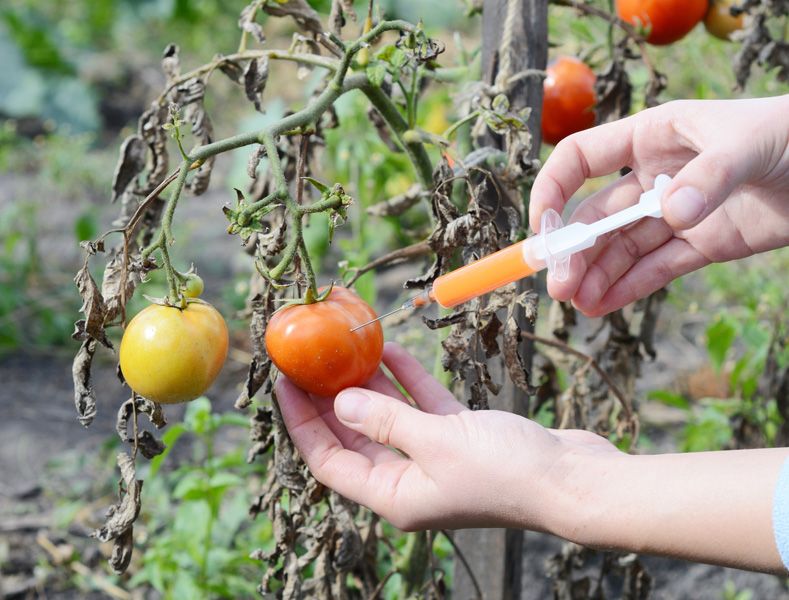
Verticillium Wilt
Verticillium wilt
Common name
Verticillium wilt
Causal agent
Verticillium wilt is a fungal disease caused by six members of the genus Verticillium. It enters the plant through the roots and damages the xylem tissues of the plant, resulting in wilting.
Scientific name
Verticillium dahliae
Verticillium albo-atrum
Verticillium longisporum
Verticillium nubilum
Verticillium theobromae
Verticillium tricorpus
Symptoms & Signs
Due to damage to the water-conducting tissues of the plant, the leaves wither, and the plant wilts. Lower, older leaves are more prone to chlorosis and wilting; however, plants can also recover during periods of heavy rainfall. Another characteristic feature of verticillium wilt is the presence of brown or black marks under the bark. Depending on the severity of the damage to the xylem, plants may also show branch dieback, stunting, and deformation of fruits.
Transmission
Verticillium wilt mainly spreads via spores produced by the fruiting body called microsclerotia. The spores travel by wind, water, or soil movement by infected tools to other healthy plants. The pathogen usually enters through the roots and blocks the xylem tissues.
Time of concern
Throughout the year
Common hosts
Chrysanthemum
Carnation
Potato
Tomato
Cotton
Acer
